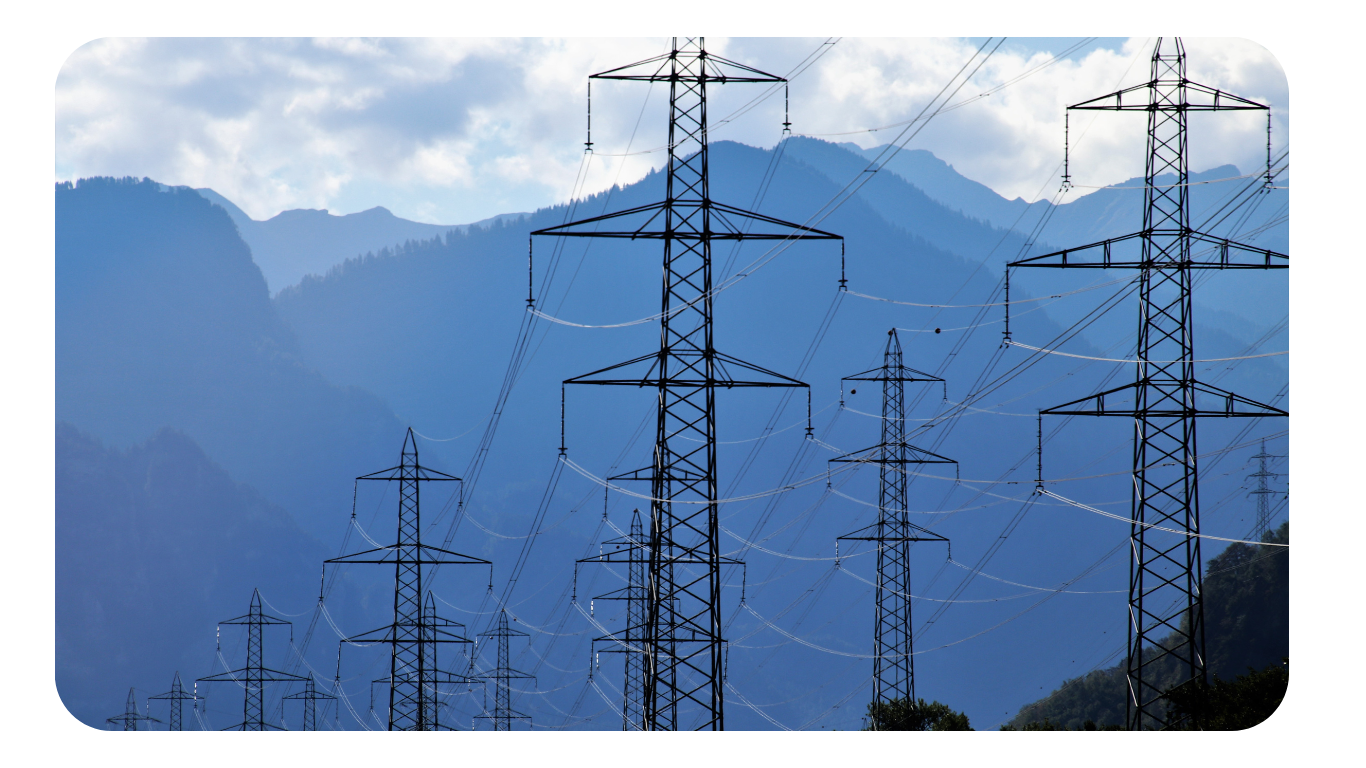What Is Electricity
In a neutral state, the number of electrons and protons is the same in any given substance. However, if the number of electrons exceeds the number of protons in a substance, it becomes negatively charged, as each electron carries a negative charge. Conversely, if the number of electrons is less than the number of protons, the substance becomes positively charged.

The concentration of free electrons always seeks to be uniform, and this is the fundamental principle behind electricity. Let’s delve into the details. When two dissimilarly charged conductive bodies come into contact, electrons from the body with a higher electron concentration will move to the body with a lower electron concentration in order to balance the electron concentration of both bodies. This movement of charge, as electrons are charged particles, is what we refer to as electricity.
The Related Terms In Electricity
- Electric Charge: In a neutral body, the number of electrons and protons is equal. However, if the balance between electrons and protons is disrupted, the body becomes electrically charged. An excess of electrons results in a negatively charged body, and the amount of charge depends on the number of excess electrons. Similarly, a deficit of electrons compared to protons leads to a positively charged body, with the degree of positivity determined by the difference in quantities.
- Electric Current: Electric current refers to the flow of charge from one point to another, aiming to achieve a uniform charge distribution. The rate at which the charge flows is known as electric current and depends on the difference in charge conditions between two points and the properties of the pathway through which the charge travels. The unit of electric current is the Ampere, which represents the flow of one coulomb of charge per second.
- Electric Potential: Electric potential measures the level of charged condition in a body. When a body is charged, it gains the ability to do work. Electric potential is a measure of this ability. The current flowing through a conductor is directly proportional to the electric potential difference between its two ends. To visualize electric potential, one can think of the difference in water level between two connected tanks. The flow of water from the higher to the lower tank depends on the difference in water level, not the quantity of water stored.
- Electric Field: Whenever two charged bodies are in close proximity, there is a force between them that can be either attractive or repulsive, depending on the nature of their charges. This force becomes noticeable when a charged body enters the vicinity of another charged body. The space surrounding a charged body, where another charged body can experience this force, is referred to as the electric field of the former body.
These above mentioned four terms are the main parameters of electricity.
How Is Electricity Generated
There are three basic ways by which we generally produce electricity.
- Electromechanical Process: Electricity is produced when a conductor moves within a magnetic field and intersects the field flux lines. This principle forms the basis for electrical generators such as DC generators, alternators, and dynamos.
- Electrochemical Process: Various types of batteries generate electricity through chemical reactions. In these devices, chemical energy is converted into electrical energy.
- Solid-State Electric Generation: This modern method involves the generation of free electrons and holes at a PN junction. The distribution of charge carriers becomes imbalanced across the junction when exposed to light, resulting in the flow of electricity through an external circuit. Photovoltaic (PV) solar cells operate based on this principle.
Types Of Electricity
- Alternating Current (AC): Electricity produced in the armature of a generator is typically alternating, meaning that its polarity changes periodically. In the case of DC generators, the electricity produced in the armature is rectified through a commutator. In alternators, the AC generated in the armature is supplied to the external circuit through slip rings.
- Direct Current (DC): When electricity does not change its direction, it is referred to as DC electricity. Batteries and solar cells are examples of devices that produce DC electricity.
The generation, transmission, and distribution of electricity involve several stages. After electricity is generated in a power plant, it undergoes step-up transformation to increase its voltage for efficient transmission. Low-voltage transmission is not economical, hence the need for stepping up the voltage. Subsequently, the transmitted electricity is stepped down through transformers for distribution purposes. The power supply system for residential houses may use a single-phase AC, while commercial, industrial, and larger-scale supplies typically employ a three-phase system.
In conclusion, electricity plays a crucial role in our lives and has been harnessed through various means of generation. Understanding the fundamental concepts and terms related to electricity allows us to comprehend its behavior and use it effectively for numerous applications.